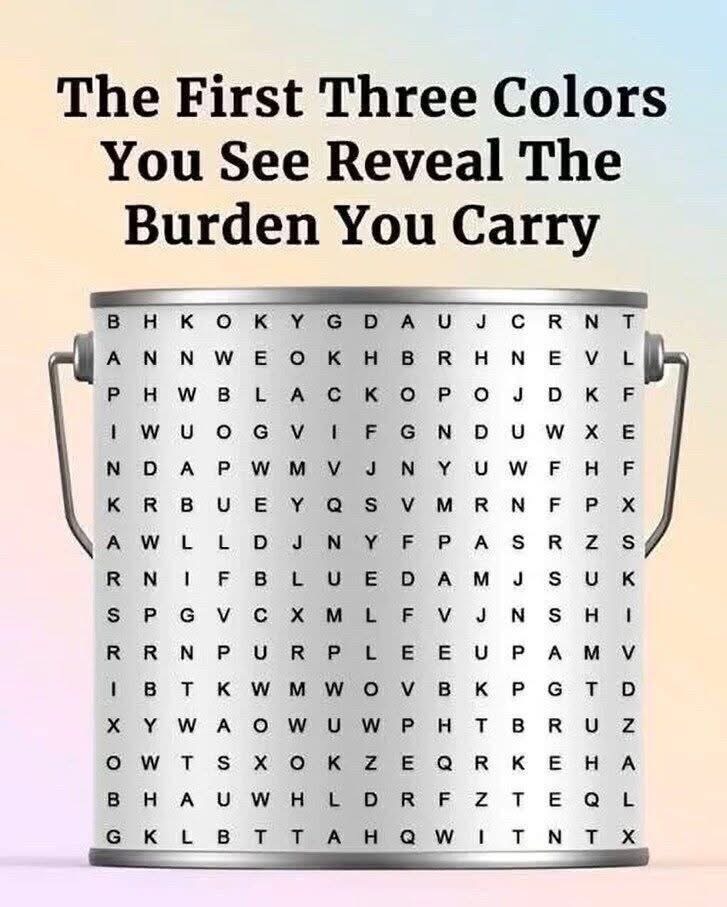Colors communicate in ways that words cannot, reaching directly into our emotional and subconscious minds.
They speak a language that bypasses logic, stirring emotions and memories we may not even be aware of.
The colors we are instinctively drawn to are often subtle reflections of our inner emotional state.
Each color carries a spectrum of meanings.
For example, red can represent passion, vitality, and energy, but it may also hint at anger, frustration, or restlessness.
Blue often symbolizes calm, clarity, and a desire for peace, yet it might also reveal feelings of sadness or emotional distance.
Purple tends to signal transformation, spiritual growth, and healing, especially during times of personal transition.
Our color preferences act like quiet mirrors, reflecting emotional truths we may not express outwardly.
The choices we make, even unconsciously, can reveal our unspoken feelings and inner conflicts.
These visual cues often serve as indicators of what we need, what we fear, or what we’re experiencing emotionally.
This deep connection to color is influenced by both biology and culture. On a neurological level, colors affect regions of the brain tied to mood, memory, and emotional response. These effects are often automatic, arising without conscious thought, embedded in how we perceive the world.
Culturally, colors hold layered, symbolic meanings that differ widely across societies. Red might represent love and passion in one culture, yet stand for danger or warning in another. Similarly, white may suggest purity in some traditions, while in others it symbolizes mourning and loss.

